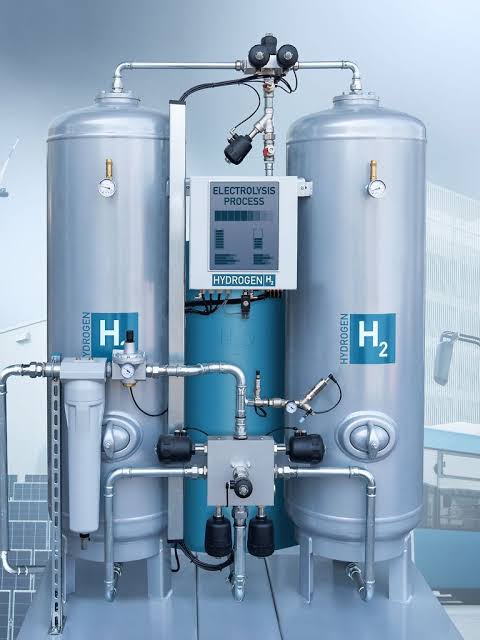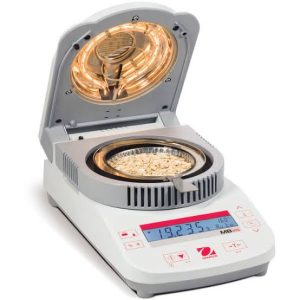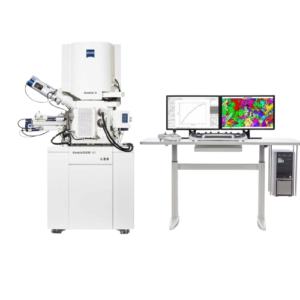Description
A Hydrogen Electrolysis Workbench is an educational or industrial setup used to demonstrate and study the electrolysis of water—a process in which water (H₂O) is split into hydrogen (H₂) and oxygen (O₂) gases using electricity. These workbenches are valuable in:
Renewable energy training and research
Fuel cell technology education
Hydrogen production studies
Industrial process control training
???? Key Components of a Hydrogen Electrolysis Workbench
Electrolyzer Cell
The core unit where electrolysis occurs.
Often uses PEM (Proton Exchange Membrane) or alkaline technology.
Requires distilled/demineralized water input.
Power Supply / DC Source
Supplies regulated voltage and current for electrolysis.
Some setups include solar or wind simulation options.
Water Supply System
Includes a reservoir and pump to feed pure water to the electrolyzer.
May include filters or a water purification unit.
Gas Collection & Storage
Collects generated hydrogen and oxygen.
Uses graduated gas columns or sensors to measure production rates.
Sensors & Instrumentation
Voltage, current, temperature, pressure sensors.
Flow meters for H₂ and O₂.
pH sensor in advanced setups.
Data Acquisition System
Allows real-time monitoring and logging of parameters.
PC connectivity with software for graphing and analysis.
Safety Systems
Over-pressure relief valves.
Flame arrestors.
Emergency shut-off.
Fuel Cell (Optional)
Some setups include a hydrogen fuel cell to recombine H₂ and O₂ to produce electricity—demonstrating a complete energy cycle.
Control Interface / Touchscreen (Advanced Models)
For automation, parameter setting, and interactive experiments.






Reviews
There are no reviews yet.